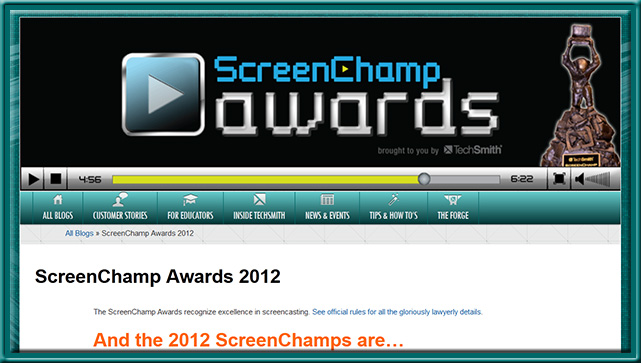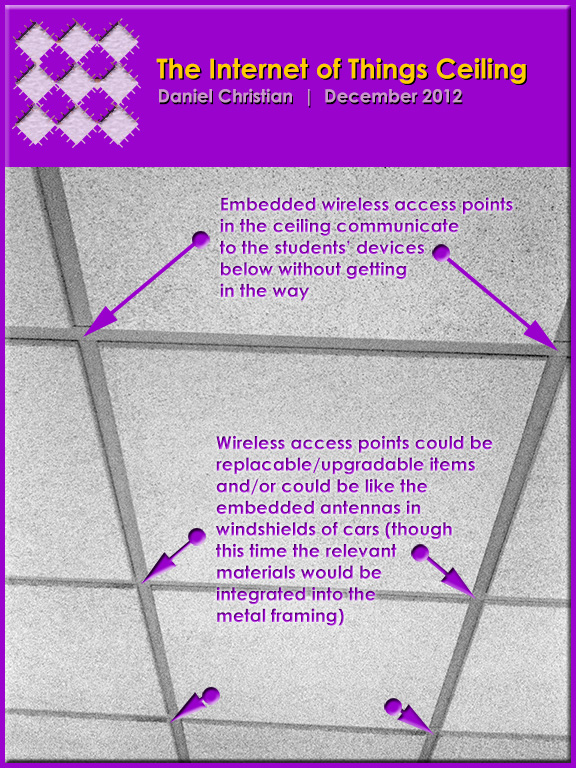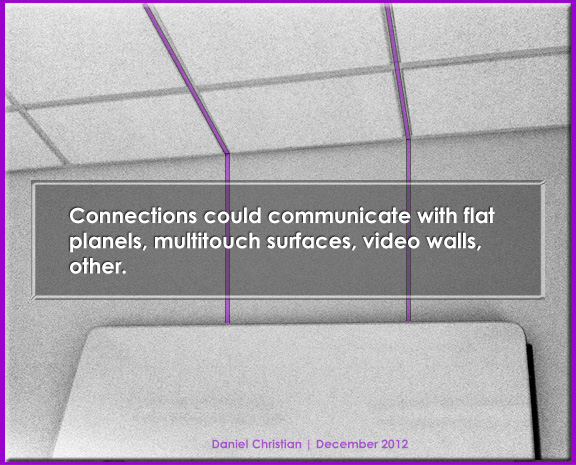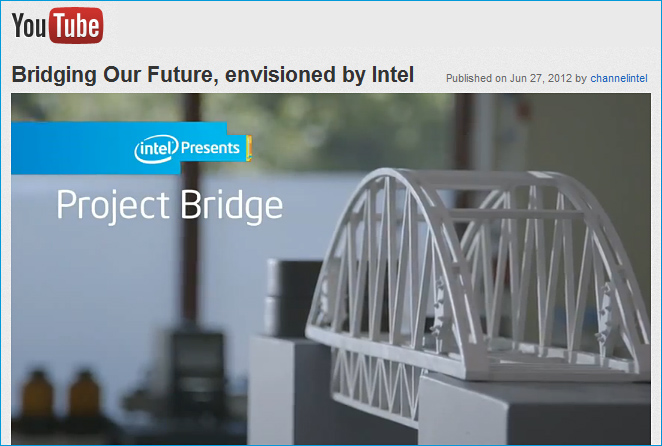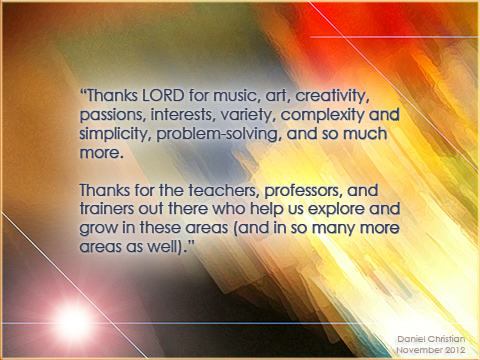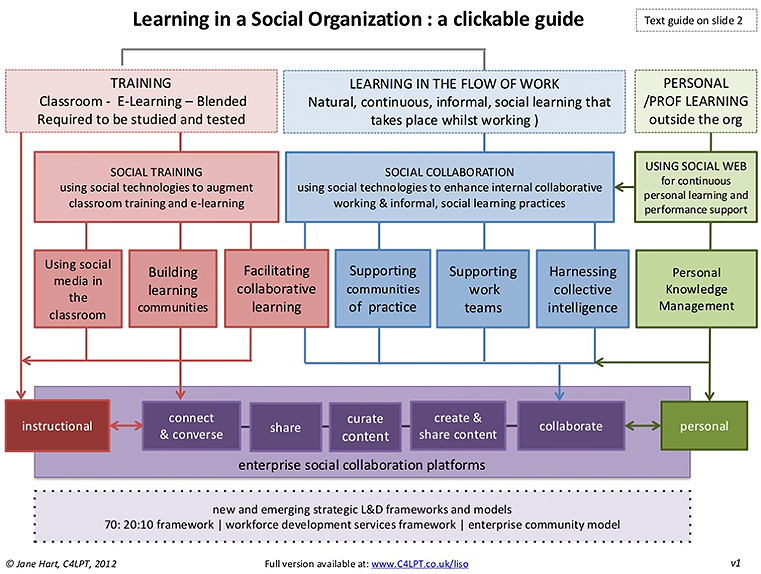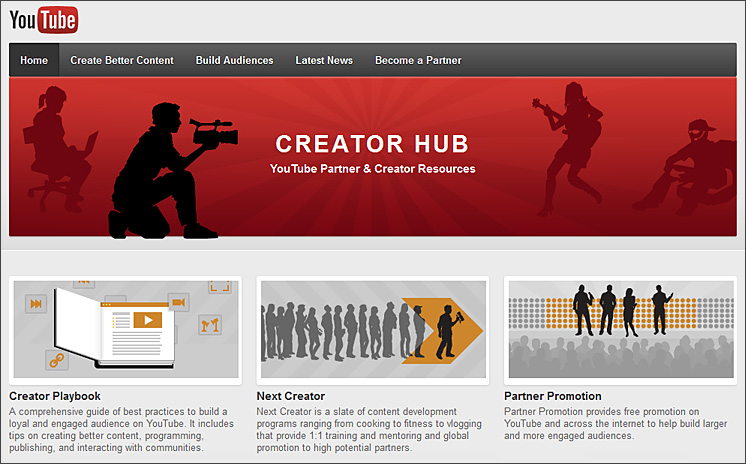ADDIE must die! — from knowledgestarblog.wordpress.com by David Grebow
Excerpt:
What’s Missing?
As I read over this list, I kept missing some simple questions. Here are just a few:
- What is the real problem and will it still be a problem by the time we [are] finished with the training program?
- Does this help produce a learning experience that is social?
- Will the program enable a community of learners who can be in contact after the program?
- What is the best solution? Are we taking ALL the ways people can learn into account?
- Does the solution really call for a training program? Would other approaches work as well if not better?
- Will a passing test score mean people really learned how-to do something?
- Does the solution relate directly to my business goals?
- How can I measure the results? Improved performance? Faster time-to-performance? More sales? More successful innovation?
Using ADDIE the answer was more often than not a resounding “NO”.
There’s another model for learning that asks more appropriate questions, and works for Enterprise 2.0 programs.
I’ll cover it in Part Two: The Better Learning Model
From DSC:
David brings up some excellent points in his 10/17/12 posting above.
What gets me here is why, after having just graduated w/ my Masters in Instructional Design for Online Learning in June 2011, was ADDIE the most predominantly taught Instructional Design (ID) model throughout the entire program? What the (*@%^^? How long does it take to get new thinking/new models into our education-related programs? (Sebastian Thrun asked a similar question in his recent keynote address at the 18th Annual Sloan Consortium Conference on Online Learning: “Why haven’t Colleges of Education contacted him about what’s working with Udacity!?!” Why did 170 of his face-to-face students opt to take his more game-like online-based course?)
Phrases popping into my mind:
- Streams of content
- Communities of practice
- Communities of inquiry
- Real-time, training on demand
- Informal learning
- Staying relevant
- Reinventing ourselves
- Engagement









